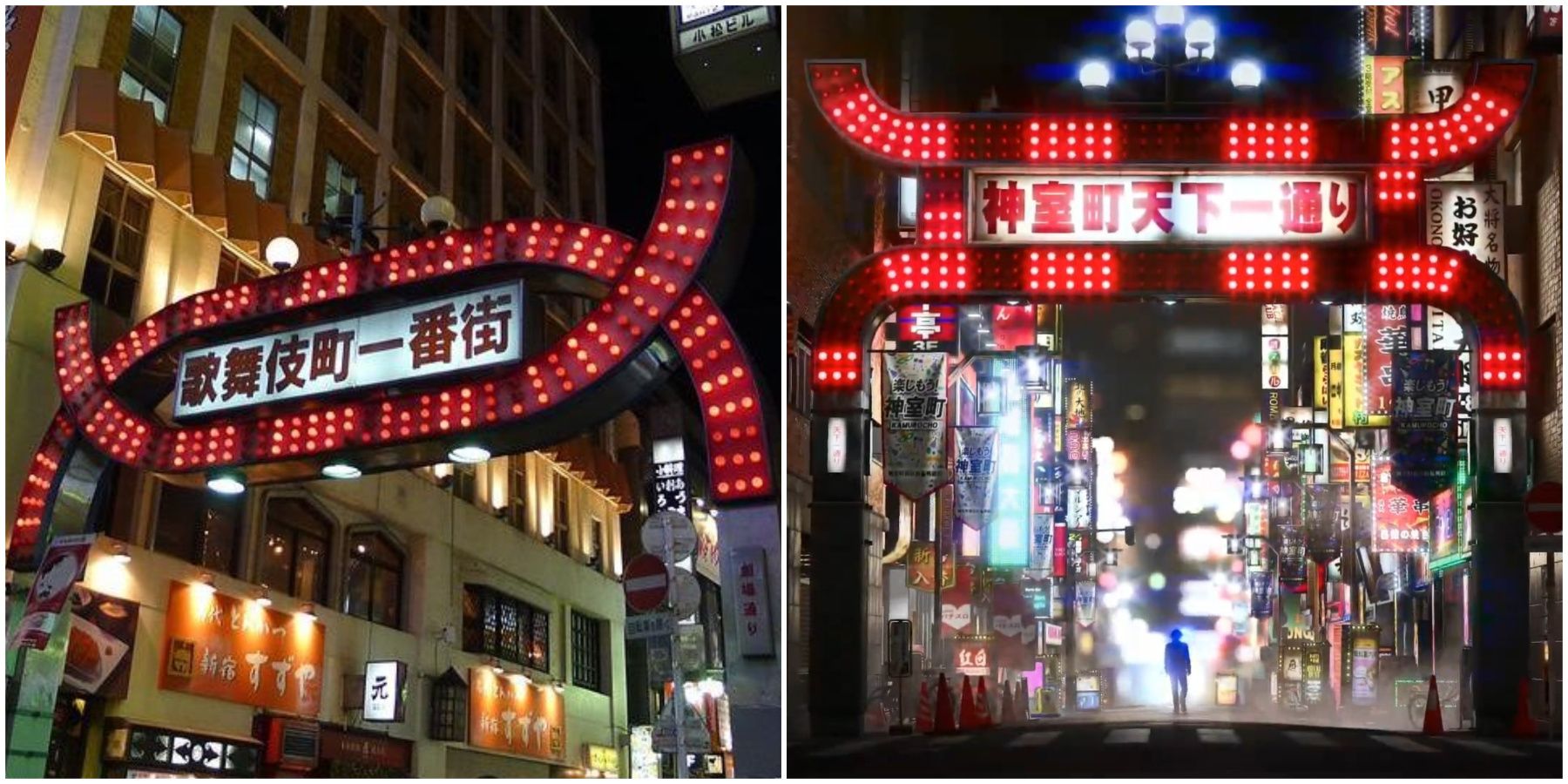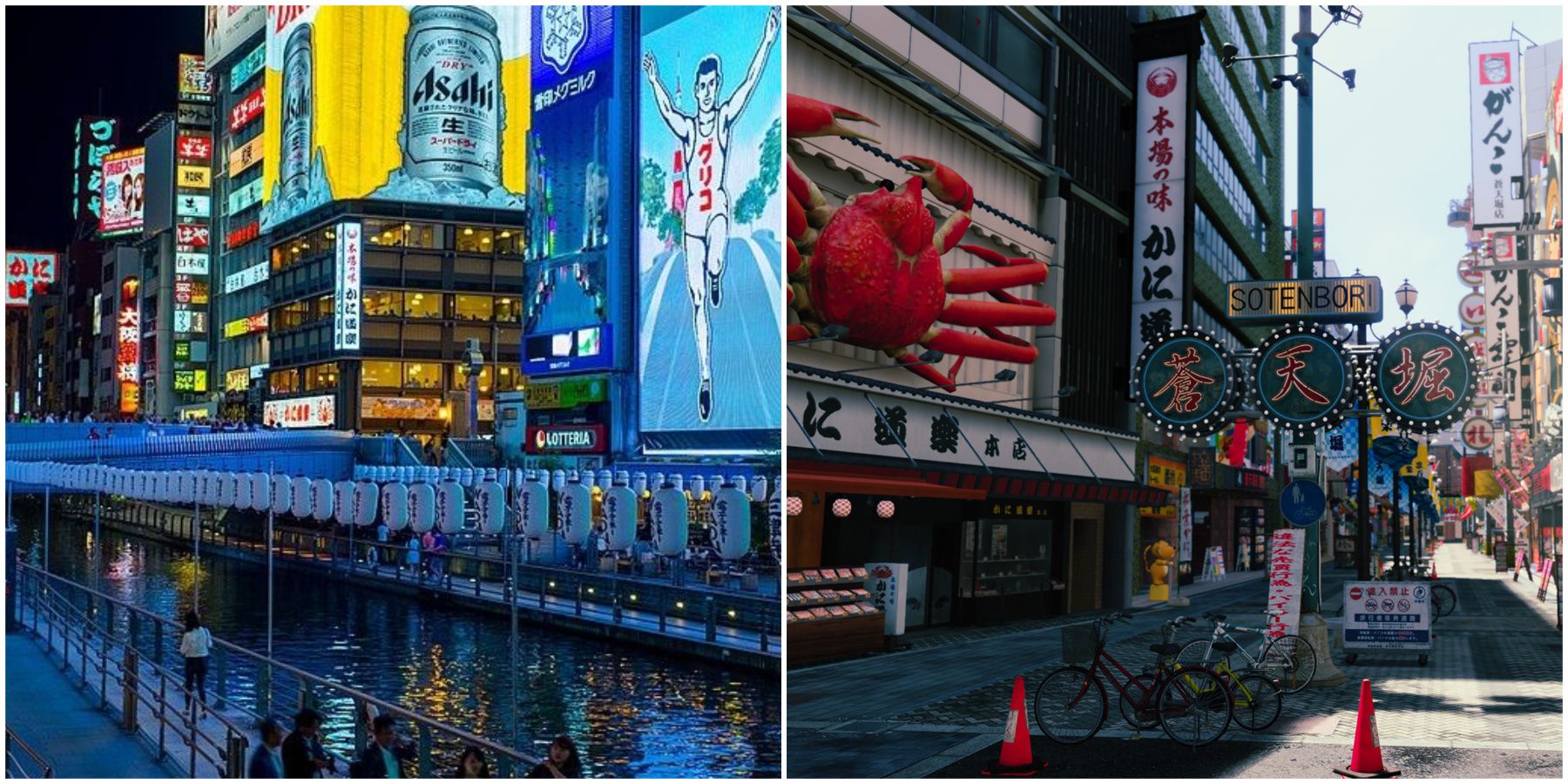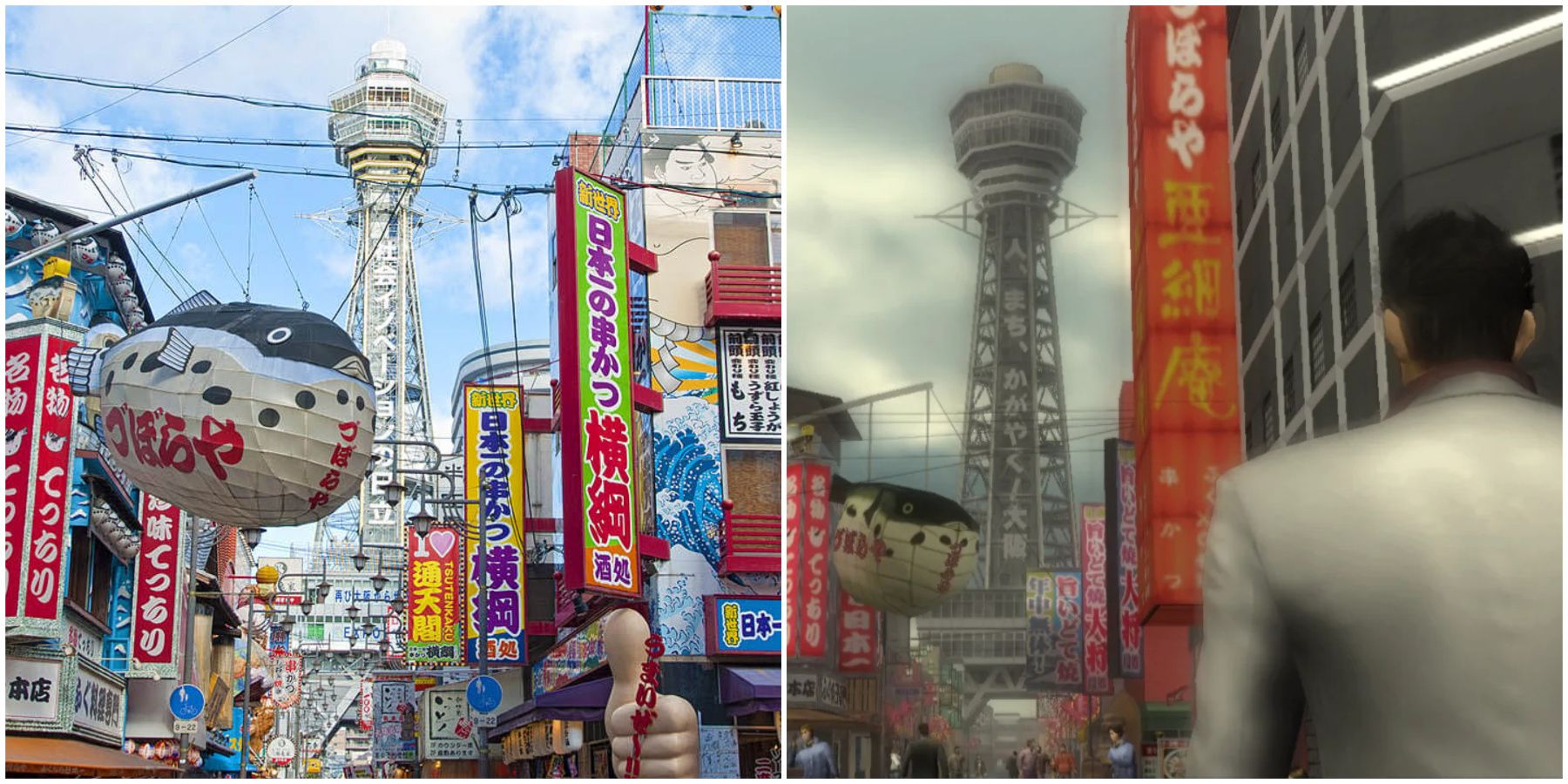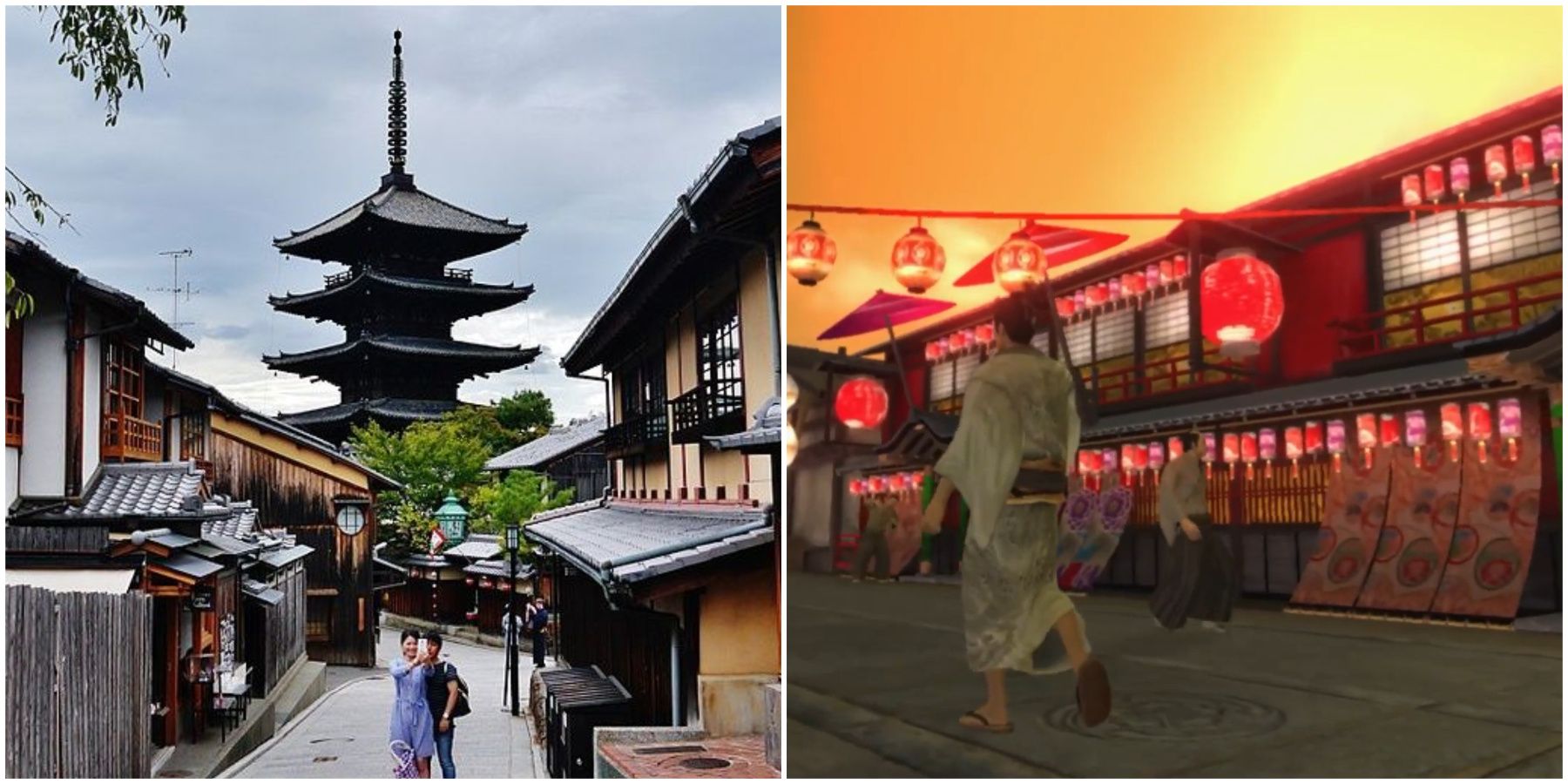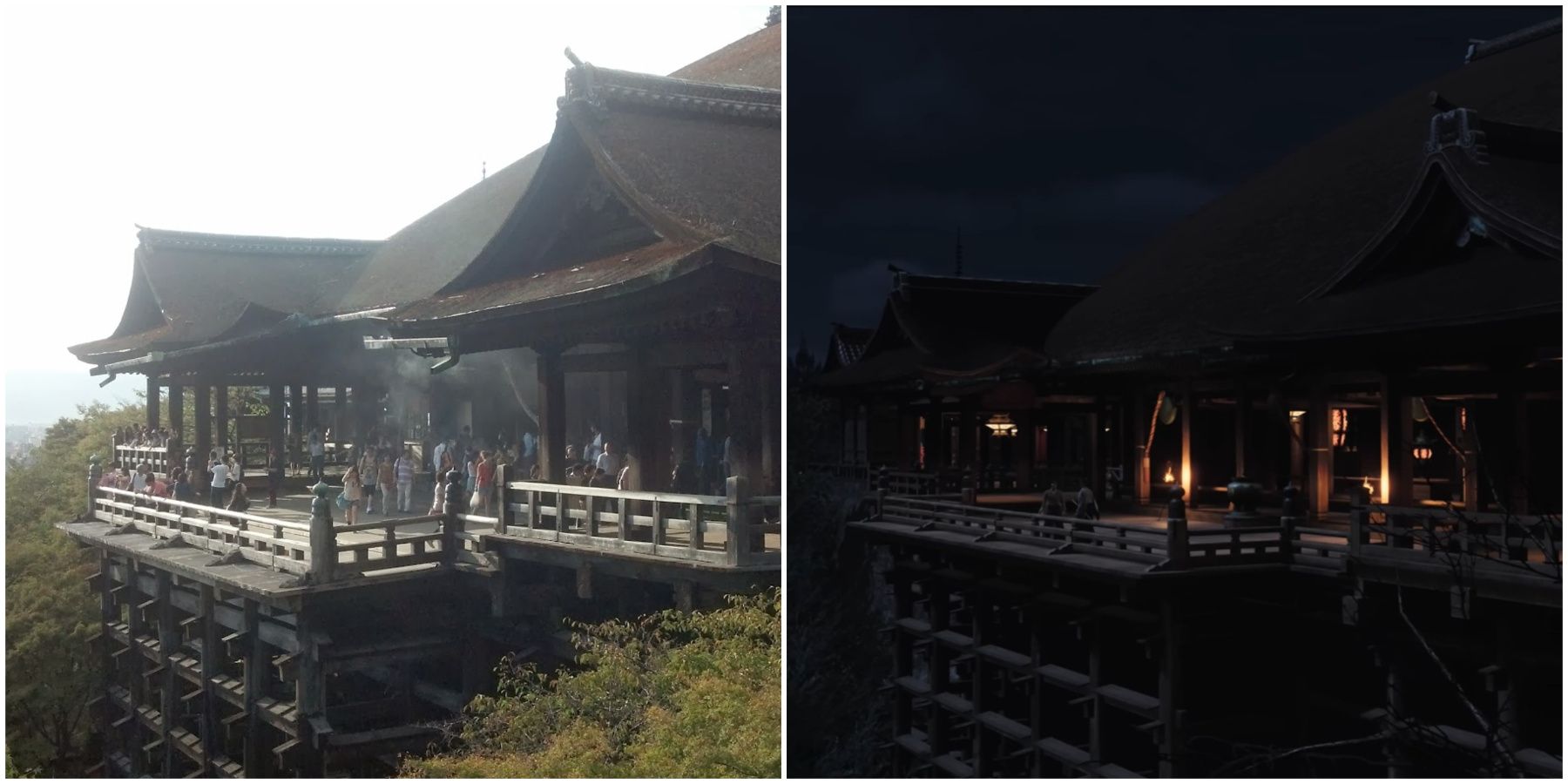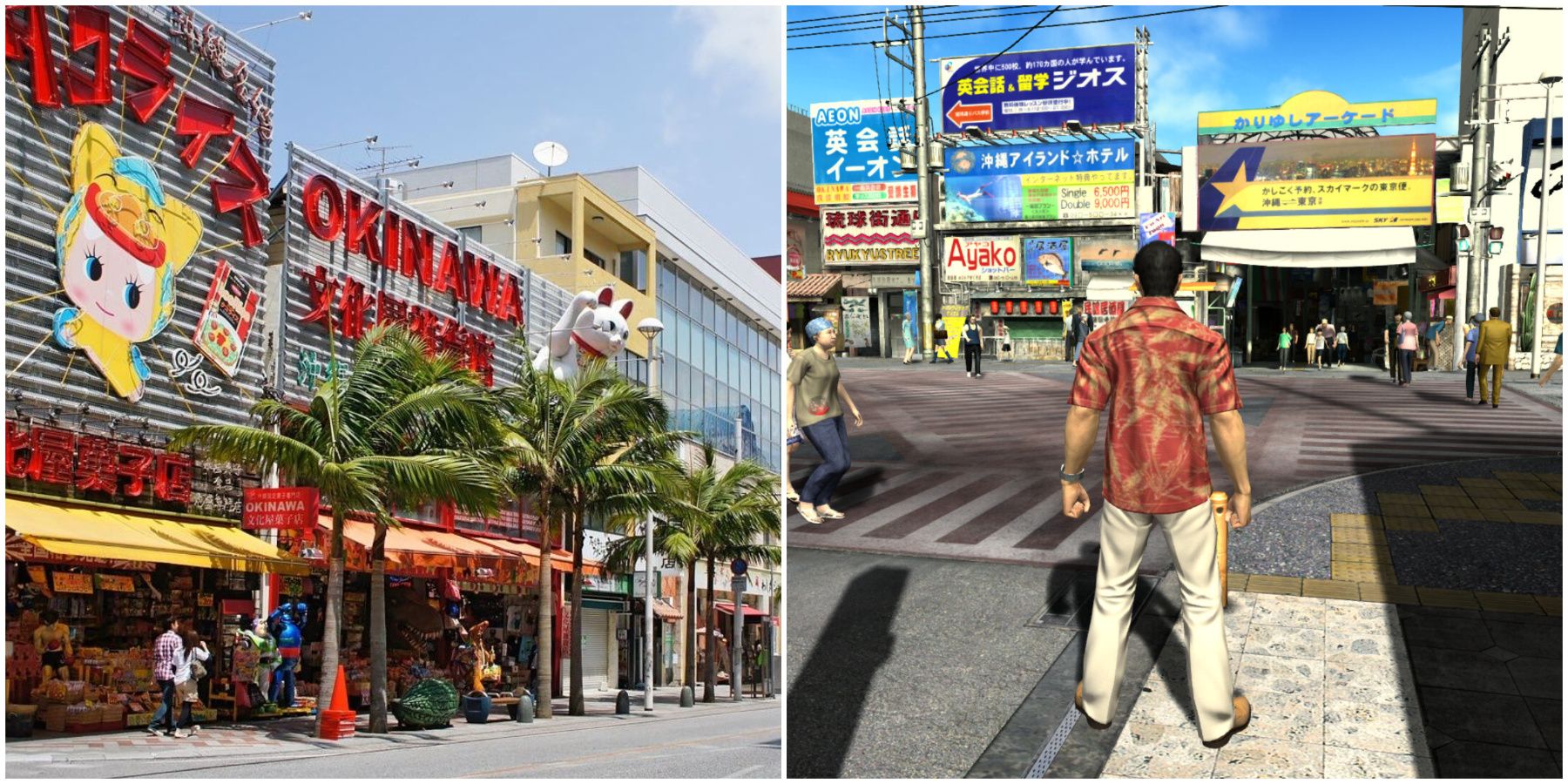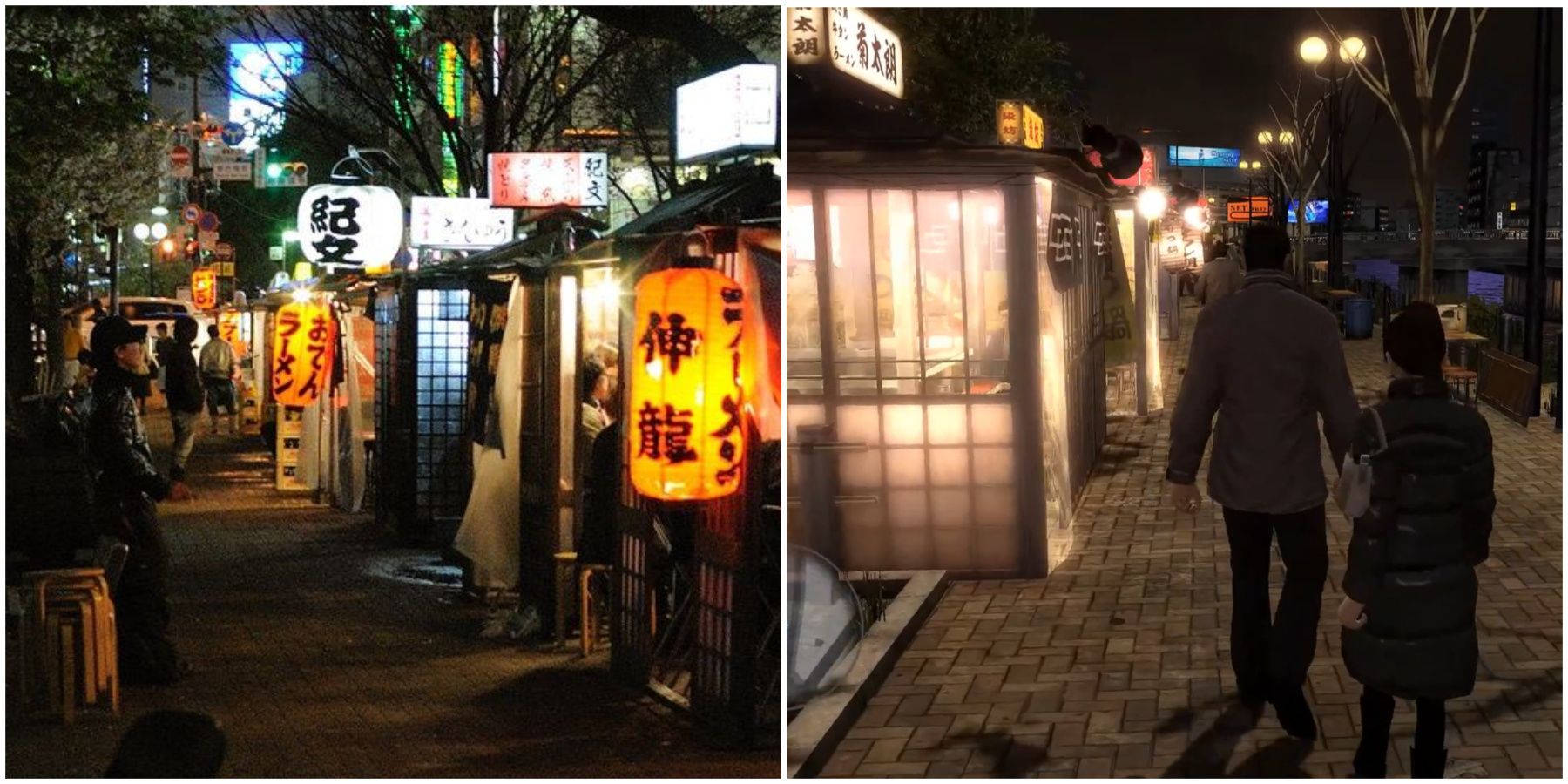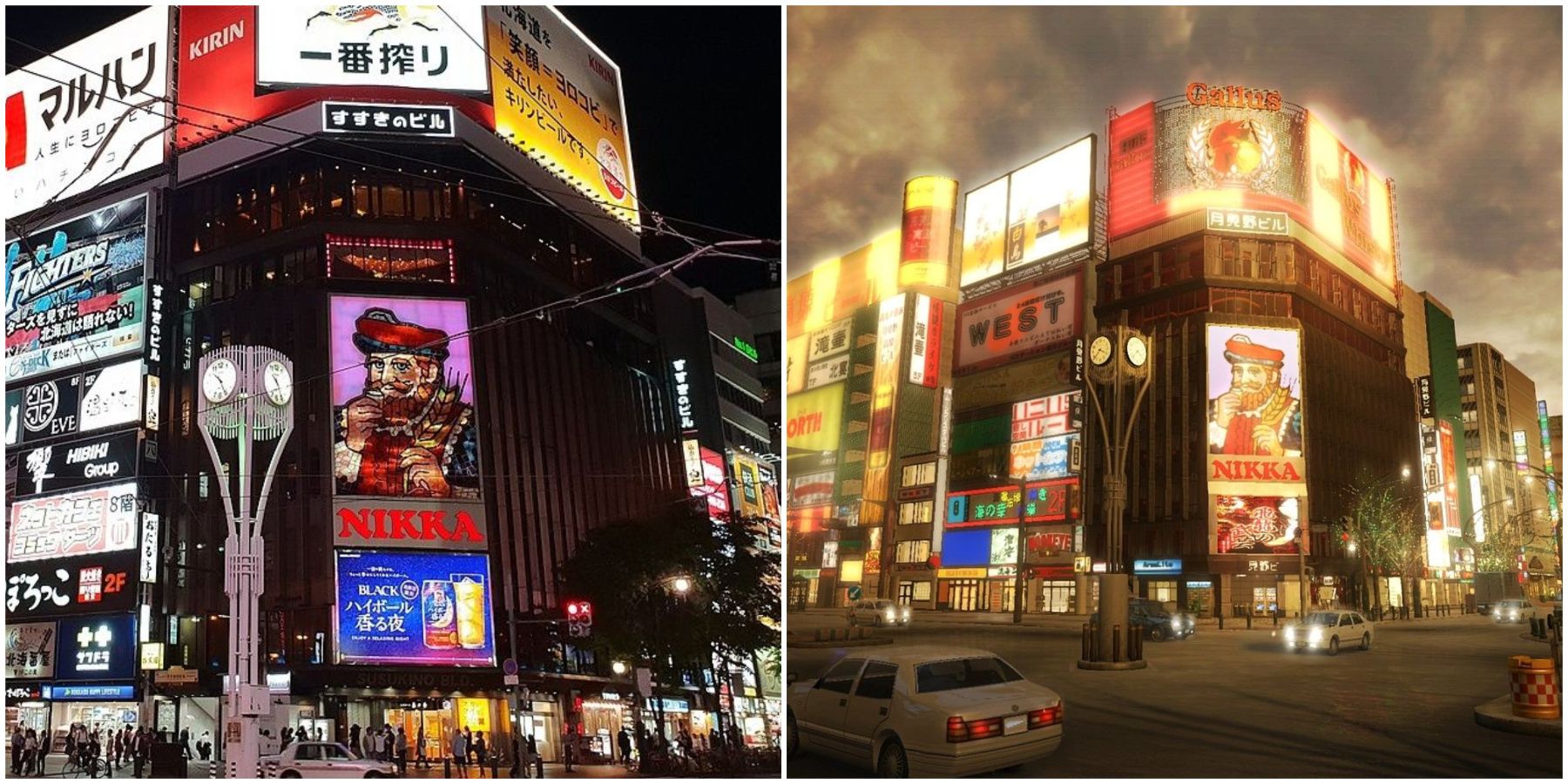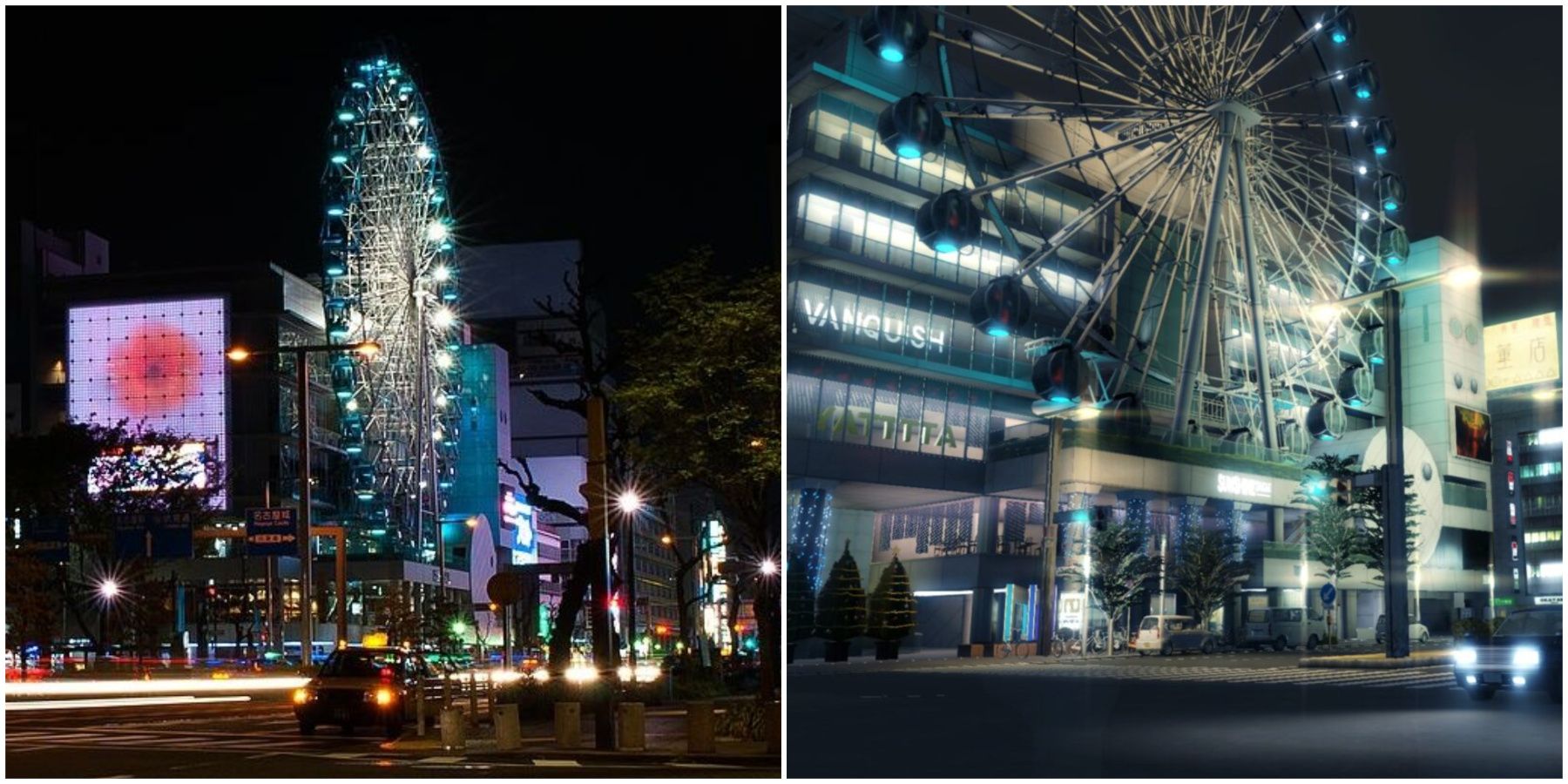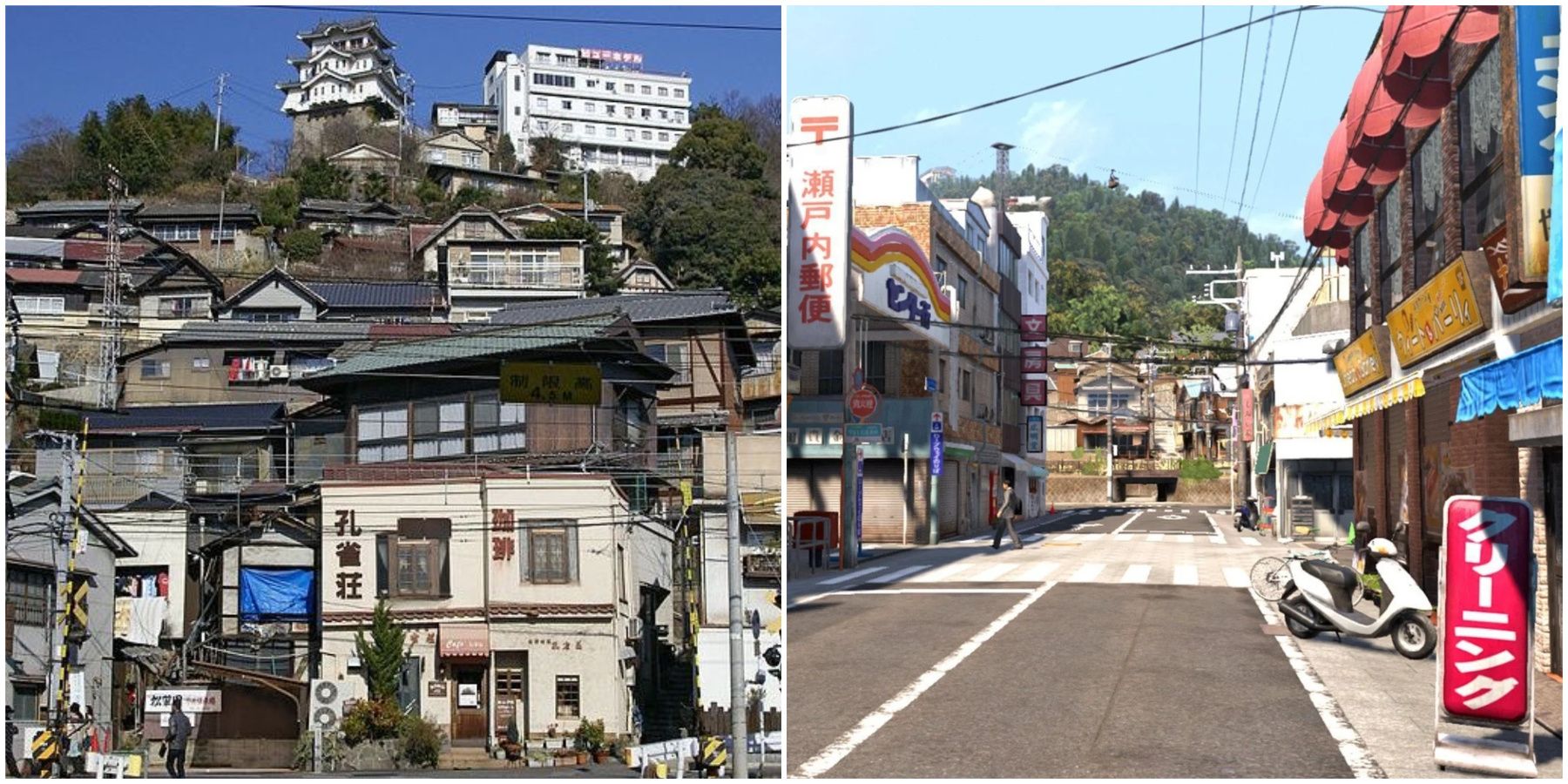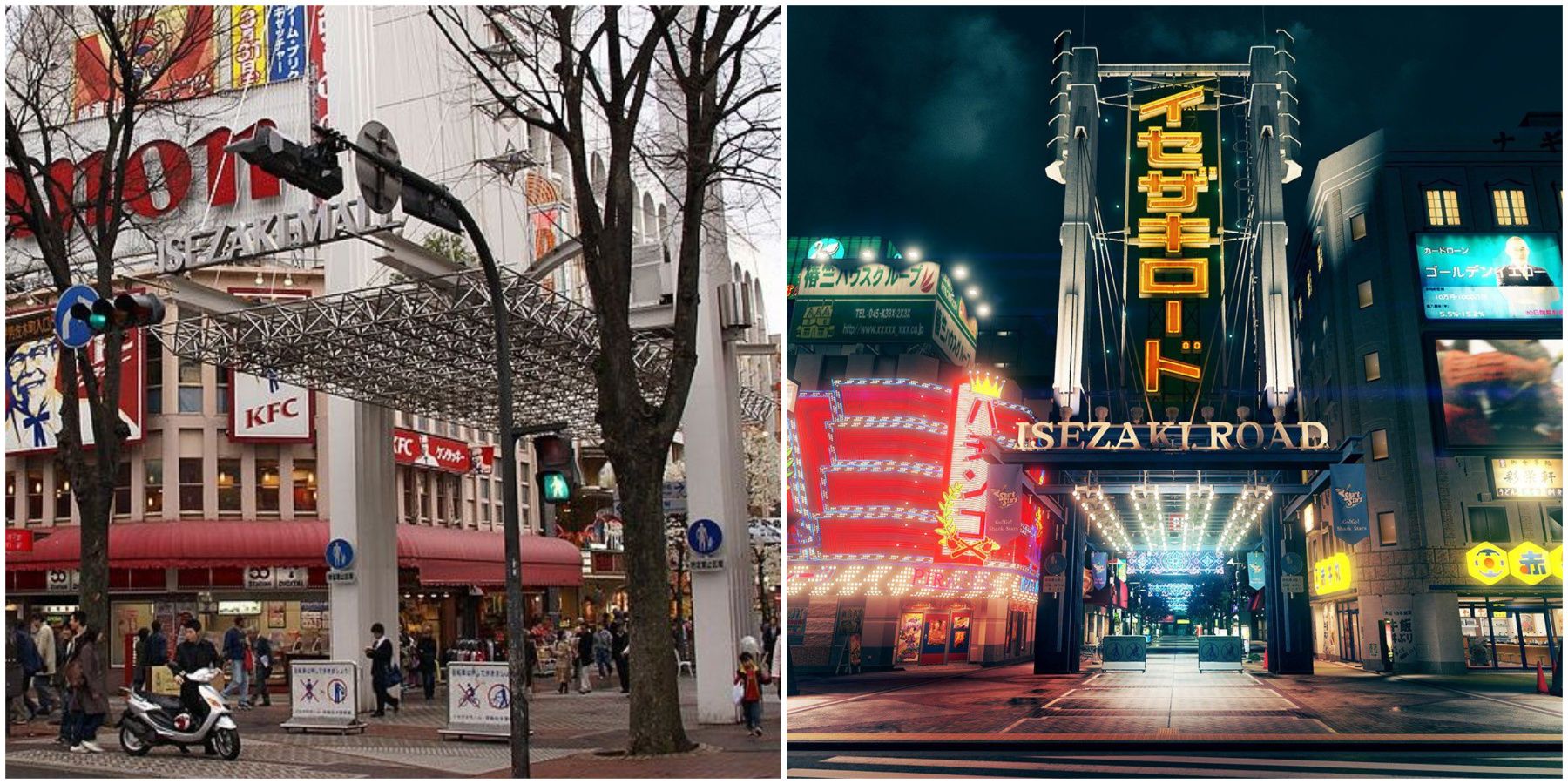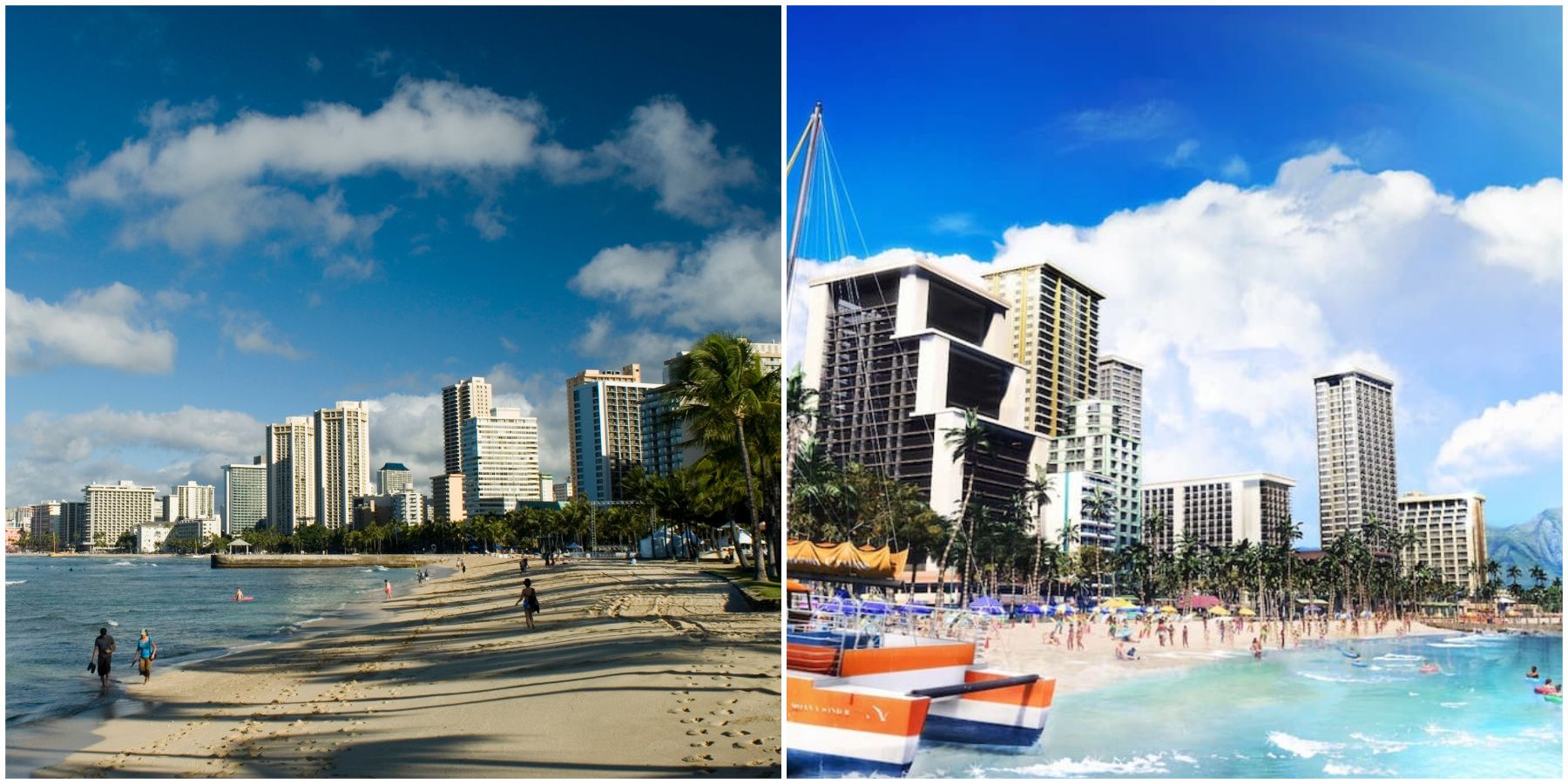Summary
- Yakuza games are based on real cities like Kamurochō, Sotenbori, and Shinsekai, reflecting Japan’s diverse locales.
- Honolulu in Like a Dragon: Pirate Yakuza in Hawaii marks the series’ first venture outside Japan, showcasing meticulous city recreation.
- Games like Like a Dragon provided an immersive exploration of cities like Yokohama, Fukuoka, and Sapporo, highlighting diverse urban settings.
Real-life cities have always been an influence on sandbox games. Los Santos in Grand Theft Auto: San Andreas took inspiration from Los Angeles. New Marais in InFamous 2 is blatantly based on New Orleans. However, there aren’t too many games that literally use an actual city and its layout for its setting.
Related
13 Best Open World Games Set In A Single City
The best open worlds don’t have to be expansive to be full of content. These single-city settings provide endless entertainment for gamers.
The Getaway did that for London, Prototype and Marvel’s Spider-Man tweaked NYC a touch, and the Yakuza series has used multiple districts across Japan. They changed the names, but they’re so close to the real deal that people could almost use the in-game maps as actual maps. For eager Yakuza fans willing to travel, these are the places to look out for once Japan opens back up for travel.
Updated February 2, 2025 by David Heath: The Yakuza/Like a Dragon games have come quite a way. For their first decade, they were a series of cult classics that didn’t quite catch on with most players. Then, in its second decade, the popularity of Yakuza 0 and Yakuza: Like a Dragon made it one of Sega’s flagship franchises. Quite literally in the case of Like a Dragon: Pirate Yakuza in Hawaii, which will take Goro Majima out of his homeland and into Honolulu to subject the locals to treachery on their high seas.
It’s the second game to take place outside Japan, following the city’s debut in Like a Dragon: Infinite Wealth. So, it felt fitting to bring this article up to date with some format changes, info tweaks, some spring cleaning, and new entries. Honolulu is the standout city to get the Yakuza treatment, but there are a few others that deserve some extra attention as well.
1
Kabukichō, Shinjuku, Tokyo
A Non-Digital Version Of Kamurochō
- Photo Credit: TonyLee0619.
- Inspired: Kamurochō.
- Appears in: Yakuza 0-6, Yakuza: Dead Souls, Yakuza Kiwami 1-2, Yakuza: Like a Dragon, Like a Dragon: Infinite Wealth, Judgment, Lost Judgment, Kurohyō 1-2, Streets of Kamurochō, Ryu Ga Gotoku Online, Project X Zone 2.
Few games could reuse the same location across 10+ games and get away with it. But Sega managed to do that with Kamurochō, which has featured in all the mainline Yakuza games. The developers have been coy about openly saying which district inspired what section. But if one were to walk north from Kabukichō’s Ichiban Street Gate (instead of Tenkaichi Street), they would come across a square of theaters like in Kamurochō.
Then, east from there and past Sakura Street (instead of Pink Street), they’d eventually come across the Golden Gai: a cramped section of small pubs and bars like the Champion District. There’s even a Millennium Tower equivalent in the Toho Building. What the games haven’t included (yet) is the Godzilla model built onto one of the cinemas, and the Robot Restaurant: a more grown-up and impressive version of Chuck E. Cheese where one can dine and see robots perform on stage.
2
Dōtonbori, Osaka
Sotenbori In Situ
- Photo Credit: Kristoffer Trolle.
- Inspired: Sotenbori.
- Appears In: Yakuza 0, Yakuza 2, Yakuza 5, Yakuza Kiwami 2, Yakuza: Like a Dragon, Kurohyō 2, Like a Dragon Gaiden: The Man Who Erased His Name,
Dōtonbori has appeared in more video games than just the Yakuza series, as SNK VS Capcom: Match of the Millennium used its Ebisu Bridge (Yakuza’s Iwao Bridge) as a stage. But Sotenbori is the most expansive and accurate of the bunch, right down to the river boats, the giant crab outside Kani Dōraku, and the big blowfish by Zuboraya. A few things did get changed for the games though. The Glico Running Man became a beer-chugging Muscle Man. Then, most shocking of all, the Don Quijote branch was moved south of the river instead of north.
Nonetheless, it’s second only to Kamurochō in having the most appearances in the series. This is fitting, as many Japanese games have worked in the rivalry between its Kanto and Kansai regions, with Tokyo and Osaka as their specific representatives. The Yakuza/LAD games were no different as, Tojo Clan/Omi Alliance plots aside, they also show how their local cultures clash in its side characters and NPCs, from men on the street arguing over which city produces the best broth, to the overpowering nature of Osaka’s Obatarian.
3
Shinsekai, Osaka
Something New Becomes Something Missed
Sotenbori is basically the rival city to Kamurochō in the Y/LAD games. Yet Shinsekai might be Osaka’s closest equivalent to Tokyo’s infamous red-light district, despite being a much smaller locale. Originally developed as a tourist spot in the early 20th century, its prospects gradually dwindled until the 1990s, when it became known as a place one didn’t set foot in unless they had to, much like Kamurochō. Nonetheless, it has some of Osaka’s iconic landmarks, like Tsutenkaku Tower, which has turned up in other videos, like Capcom Vs SNK 1.
5:23
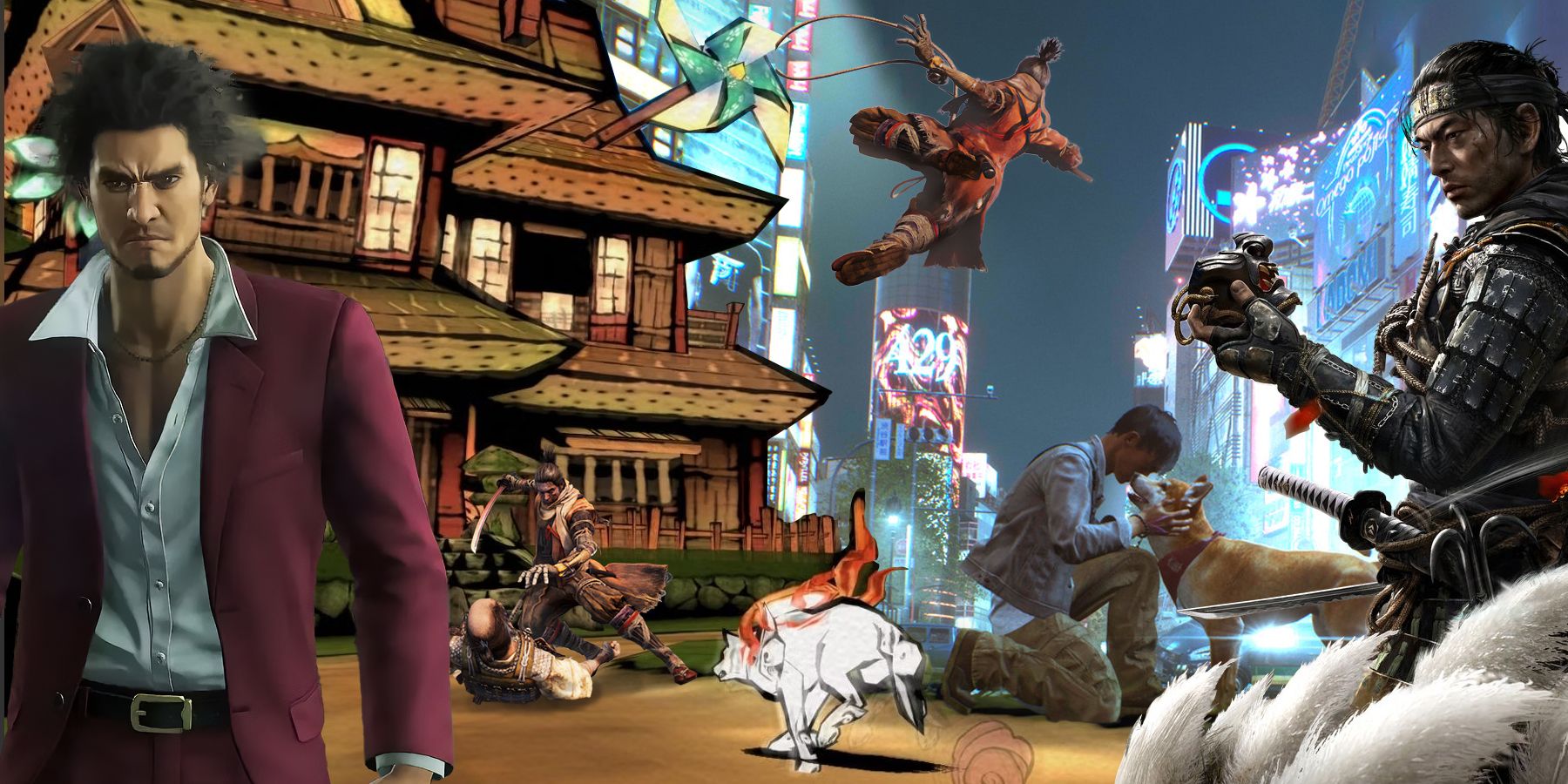
Related
28 Best Video Games Set In Japan, Ranked
Apart from offering fascinating gameplay, these exciting video games allow players to experience the Japanese culture and way of life.
It debuted alongside Sotenbori as Shinseichō in Yakuza 2, where it was basically a single street Kiryu and Sayama would explore for clues to the Jingweon Massacre. As such, it was no surprise that RGG Studio eventually relocated its key spots (e.g. the acupuncturist that helps Kiryu remember his old moves) to Sotenbori in Yakuza Kiwami 2. It’s hard to make a case for its return, but it was an extra spot that gave Osaka more character, and one some older fans still miss today.
4
Gion, Kyoto
Taking Things Back To The Past
- Photo Credit: Zairon.
- Inspired: Gion.
- Appearances: Ryu ga Gotoku: Kenzan, Like a Dragon: Ishin!
Kyoto is where most of Japan’s historical buildings and landmarks survive. So, it was the perfect place to set Ryu ga Gotoku: Kenzan and Like a Dragon: Ishin, the series’ samurai spin-off games. Gion was the city’s premier entertainment district during the Sengoku and Edo periods. It was particularly famous for its geisha houses, where some geisha and their maiko apprentices still work today (and often get bothered by tourists).
However, given the Edo Period ended about 150 years ago, things have changed a touch since then. The district has more modern features, like pachinko parlors and betting places nowadays. Nonetheless, many of its classical buildings have been maintained, restored, or remade to keep the area in touch with its historical routes, offering some great views of the nearby Kiyomizu-dera.
5
Kyoto
Ishin Goes Beyond Gion To Bring In The Rest Of The City
- Photo Credit: Bagustris.
- Inspired: Kyo.
- Appearances: Ryu ga Gotoko: Kenzan!, Like a Dragon: Ishin!
Kyoto (formerly Kyo) is famous for having most of Japan’s historical sights, so it’s often the go-to setting for historical dramas and settings, including both of Y/LAD‘s samurai games. Kenzan kept the action largely in its famous Gion district, but Ishin expanded to its surrounding Fushimi, Rakunai, and Rakugai areas, and included more of its standout sights, like Mibudera (the Shinsengumi’s old barracks) and Kiyomizu-dera.
But they had to take some liberties with the locations for ease of gameplay. Bakumatsu-era Fushimi and Rakunai were pretty brown and dusty enough to run through enough. Yet if RGG Studio went nuts and made it to scale, players would be running and dueling for 2 hours to get to Mibudera from the hotel in Fushimi. Then another hour from there to Gion. This isn’t out of the ordinary, as other open-world games set in real locations squish the scale down (e.g. Watch Dogs), though compared to the other Y/LAD games, Ishin has the biggest squish of the bunch.
6
Makishi, Naha
An Urban Sprawl In The Ryūkyū Islands
- Photo Credit: 663Highland.
- Inspired: Downtown Ryūkyū.
- Appearances: Yakuza 3.
In Yakuza 3, protagonist Kazuma Kiryu moves to Okinawa in the Ryūkyū Islands, which is about as far away from Tokyo as one can get without leaving Japan. The city section in the game is called ‘Downtown Ryūkyū’, which is rather like calling Honolulu ‘West USA’. In real life, it’s the Makishi district in Naha, Okinawa’s capital city since 1429.
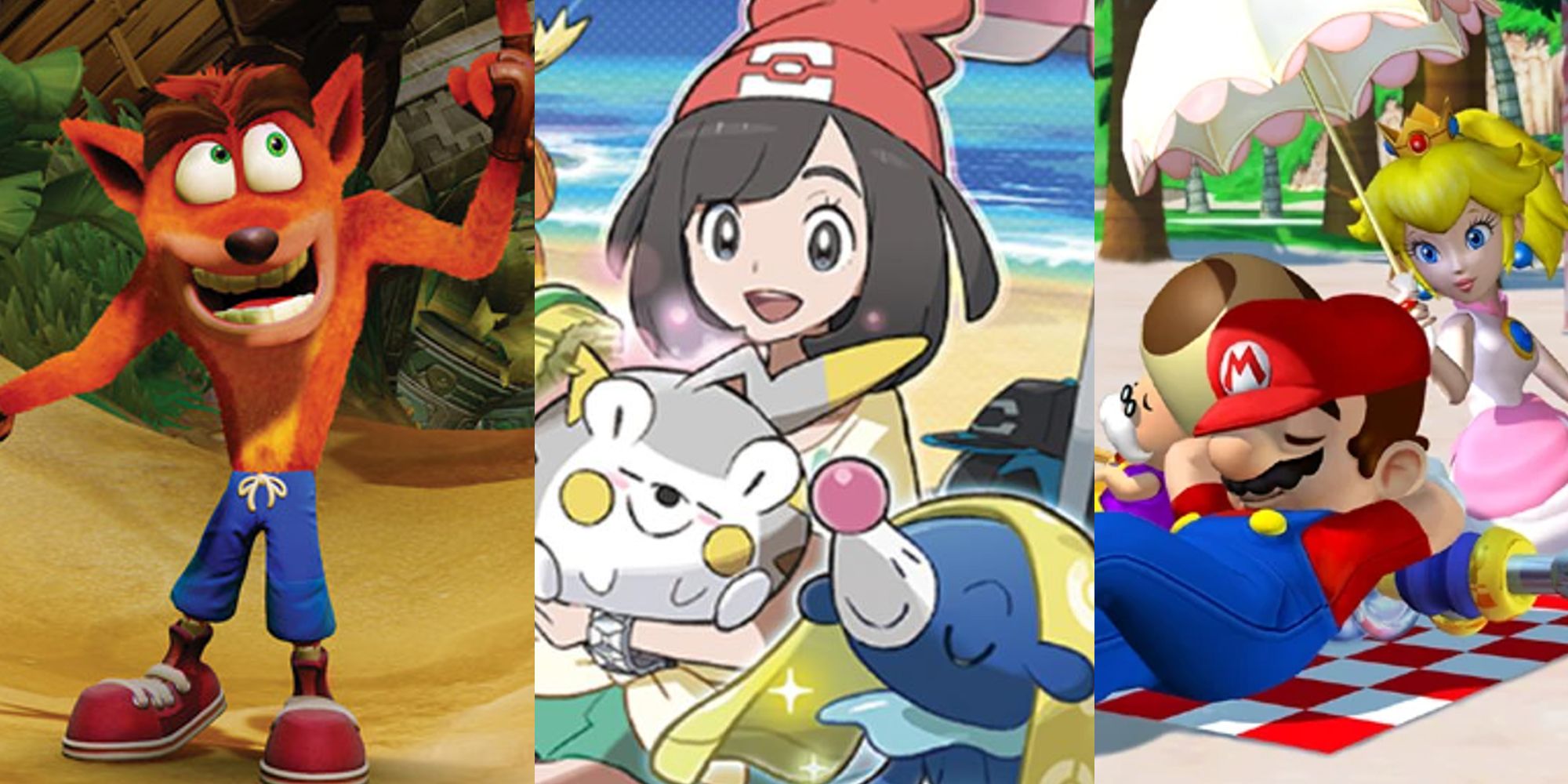
Related
Best Games Set Mainly On Beaches
Looking for summer fun in a video game world? These titles’ settings offer a perfect beach day.
The game accurately places a lot of its landmarks, like the monorail station, International Street (called Ryūkyū Street in-game), and the Public Market, where fresh produce can be bought or sold. It’s one of the quieter districts compared to the other locations and isn’t likely that much wilder in real life either. The chances that visitors will have to fight back against the mob with a tuna like Kiryu does are low. However, that doesn’t mean they’re 0%.
7
Nakasu, Fukuoka
Where The Nightlife Is Fueled On Ramen
- Photo Credit: Ethan Kan.
- Inspired: Nagasugai.
- Appearances: Yakuza 5.
If people outside of Japan found Sega’s attention to detail impressive, the Japanese fans were even more awestruck. They asked Sega if they could put their home cities in the games at some point. So, Yakuza 5 came along and introduced 3 new cities alongside Kamurochō and Sotenbori. The first was Nagasugai, based on Fukuoka’s Nakasu, the city’s red-light district. Like its game equivalent, the district is a big rectangle of buildings between two rivers. Hence, the name ‘Nakasu’ (中洲), or ‘between rivers’.
It has the usual mix of bars, restaurants, and hostess clubs. But it also has yatai- small, mobile stalls that sell noodle dishes. They are to Fukuoka what hot dog stalls are to NYC. Yakuza 5 uses them for a mini-game where Kiryu has to cook the noodles to the customer’s liking. Fukuokans (and people from Kyushu in general) are often portrayed in Japanese media as being upfront and macho. If Kiryu doesn’t have to prove himself to the local thugs, he has to do the same for their hostesses, who prefer sporty manly men over Tokyo’s pretty boys.
8
Susukino, Sapporo
Tsukimino’s More Entertaining Real-Life Equivalent
- Photo Credit: Choi2451.
- Inspired: Tsukimino.
- Appearances: Yakuza 5.
Yakuza 3 went far south, so it’s only natural that Yakuza 5 goes far north to Hokkaidō for its second city. Technically, it starts at Abashiri Prison, which has been featured in shows like Golden Kamuy. But once secondary protagonist Taiga Saejima breaks out of there and leaves the mountain village, he ends up in Tsukimino, based on Sapporo’s Susukino district. Officially, Susukino isn’t the name for Sapporo’s Central Ward. But the locals have been calling it that since the 1870s. It’s even listed on tram and subway stations.
The district is also notable for its LGBTQ+ clubs, making it a popular destination for the community to visit. Just don’t go racing on the streets to get to them. Hokkaidō gets a lot of snow and ice, and Susukino is no exception. If a path hasn’t been gritted properly, eager visitors will end up sliding from one end of the street to the other. At least that way, they might get to see the section’s beautiful snow sculptures before they crash. Otherwise, they might prefer to stay indoors with some Hokkaidō hotpot and stay warm.
9
Nishiki, Sakae, Nagoya
A Familiar Name To Yakuza Fans Gets A New Alias
Wait, Nishiki?! Yakuza 5’s third new city, Kineichō, is based on the Nishiki San-chōme section of Nagoya’s Sakae district. Nishiki also happens to be the nickname for Yakuza 1’s main villain, Akira Nishikiyama. It’s just a coincidence though, as there are many places in Japan called ‘Nishiki’ (錦), which is Japanese for ‘brocade’. It often refers to the Nishikigoi, a decorative-looking carp fish, which can be found tattooed on Nishikiyama’s back or eaten in Nishiki San-chōme’s restaurants.
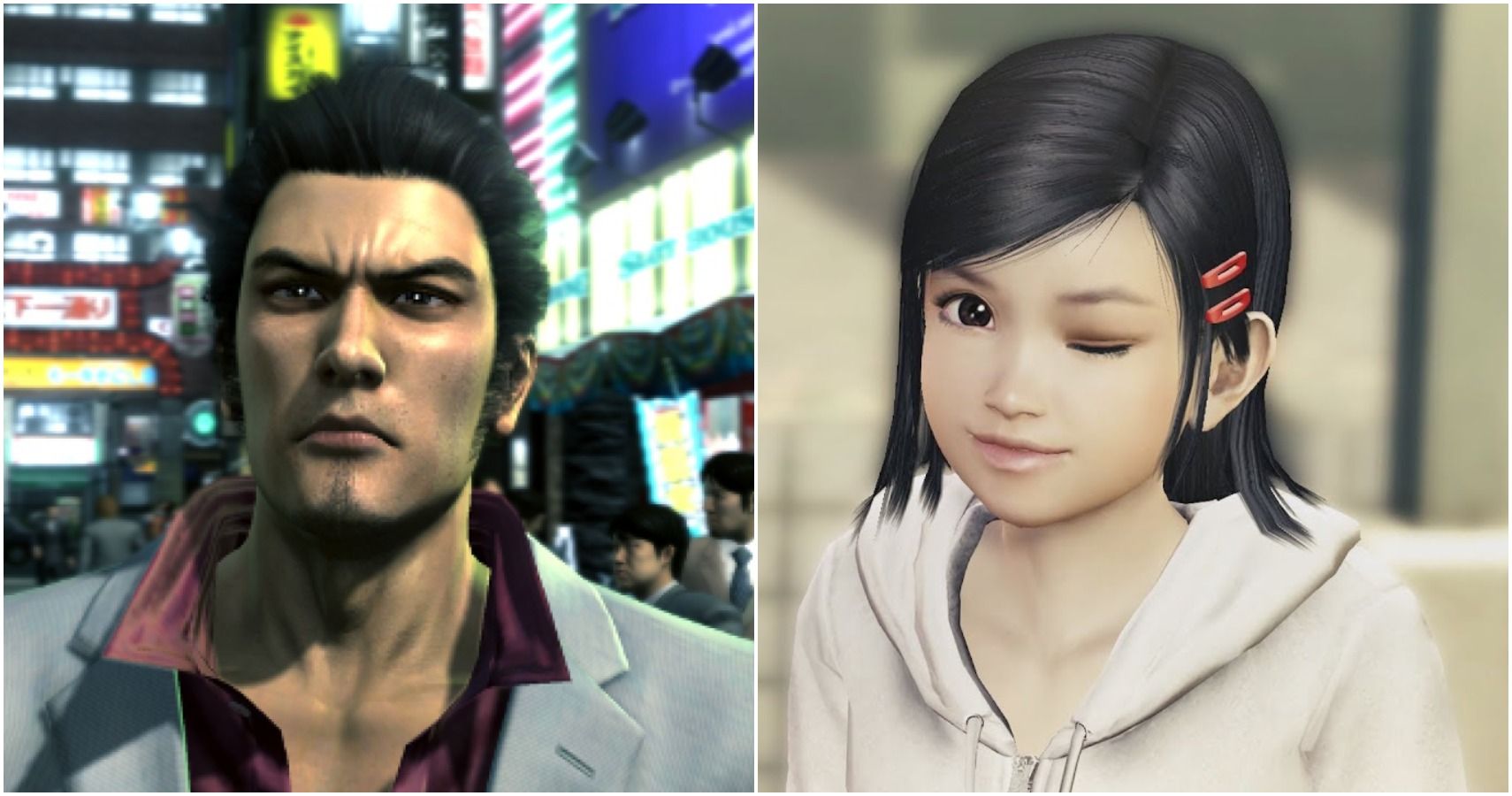
Related
15 Most Iconic Yakuza Characters
Though the Yakuza franchise is known for being a fun action thriller, it is thanks to its iconic characters that fans keep returning to the series.
Like the other maps, Kineichō’s big landmarks are based on ones that can be found in Nishiki. Mid-Square is based on Hisaya Ōdori Park, where visitors can find the TV tower and Oasis 21 Mall. The Ferris Wheel is also a real thing visitors can go on. Sadly, Yakuza 5 never took advantage of these locales, as its substories and missions stuck to its relatively ordinary streets. It would’ve been nice to see the place get expanded on, but Kineichō’s a relatively humble place compared to Yokohama and Honolulu.
10
Onomichi
A Small Town With A Large Legacy
- Photo Credit: 663Highland.
- Inspired: Jingaichō, Onomichi.
- Appearances: Yakuza 6: The Song of Life.
If Yakuza fans were doing a road trip through the game’s locations, Onomichi in Hiroshima Prefecture would make a nice midway stop between Osaka and Fukuoka. Its downtown section, Shingai, inspired Yakuza 6’s Jingaichō, where its ports, cramped streets, and humble hillside houses were faithfully adapted. It acts as a good balance between the busy Kamurochō and the empty Downtown Ryūkyū. Even so, as genteel as it seems, the city has a broader media presence than just Yakuza 6.
It was the hometown for the elderly leading couple in Yasujirō Ozu’s classic film Tokyo Story, and the setting for the 1983 live-action adaptation of The Girl Who Leapt Through Time (hence why Y6 has a similar time-jumping substory). Sadly, the town’s mascot isn’t Ono Michio from the games. Instead, it’s MonMon Lemon-chan, a similar, lemon-headed figure in an orange dress. While it’s less funny than Ono Michio, it’s also less freaky than other cities’ mascots, like Kumamoto’s notorious Kumamon.
11
Isezakichō, Yokohama
Ichiban’s Town Is A Shopper’s Paradise
- Photo Credit: 663Highland.
- Inspired: Isezaki Ijinchō.
- Appearances: Yakuza: Like a Dragon, Lost Judgment, Like a Dragon: Infinite Wealth
Osaka is often portrayed as Tokyo’s rival in Japanese media, culturally or otherwise. If graduates couldn’t get into Tokyo University, they could get qualifications of equal clouts from Osaka University’s schools. Yet while it’s a big place, it’s not Japan’s second-biggest city. It was overtaken by Yokohama in the 1980s. Yet it barely got much mention in the Y/LAD games. That all changed when Yakuza: Like a Dragon dropped Kasuga Ichiban off in its Isezaki Ijinchō district, based on Isezakichō.
Yokohama is known for its Chinese population, hence why the early games used the city as the Snake Flower Triad’s Japanese base, and why Ijinchō (‘Foreigner District’) has a larger Chinatown than Kamurochō’s Little Asia. The game took more liberties with the location compared to older games, as while Isezaki Ijinchō is one of the largest cities in the series, it’s still more compact than the real deal. GoogleMaps says it’d take a person 35 minutes to walk from Isezaki Road to Yamashita Park, the real-life equivalent of Ijinchō’s Hamakita Park.
12
Honolulu, Hawaii
Ichiban’s Home Away From Home
- Photo Credit: photoeverywhere.
- Inspired: Honolulu.
- Appearances: Like a Dragon: Infinite Wealth, Like a Dragon: Pirate Yakuza in Hawaii.
After visiting nearly all the big cities in Japan, it was hard to think of where the Y/LAD games could go next. If they wouldn’t return to an older city setting like Kineichō or Onomichi, they could go to a new big city, like Nagasaki or Fukushima. They could’ve even gone to the Asian mainland and checked out the districts around Seoul in Korea or Hong Kong in China. Instead, they went further east until they ended up in the West via Honolulu.
In a way, it shouldn’t be surprising, as Hawaii has one of the largest Japanese populations outside Japan. Yet it’s the first time the series has gone beyond Japan’s shores, and RGG Studio managed to recreate Hawaii’s biggest city as meticulously as they did for Kamurochō. Their version still has some unique sights and name changes (‘Anaconda Mall’ instead of Ala Moana Mall), so it’s not 1:1. But it’s perhaps the closest one could get to the real deal without visiting the place in person.
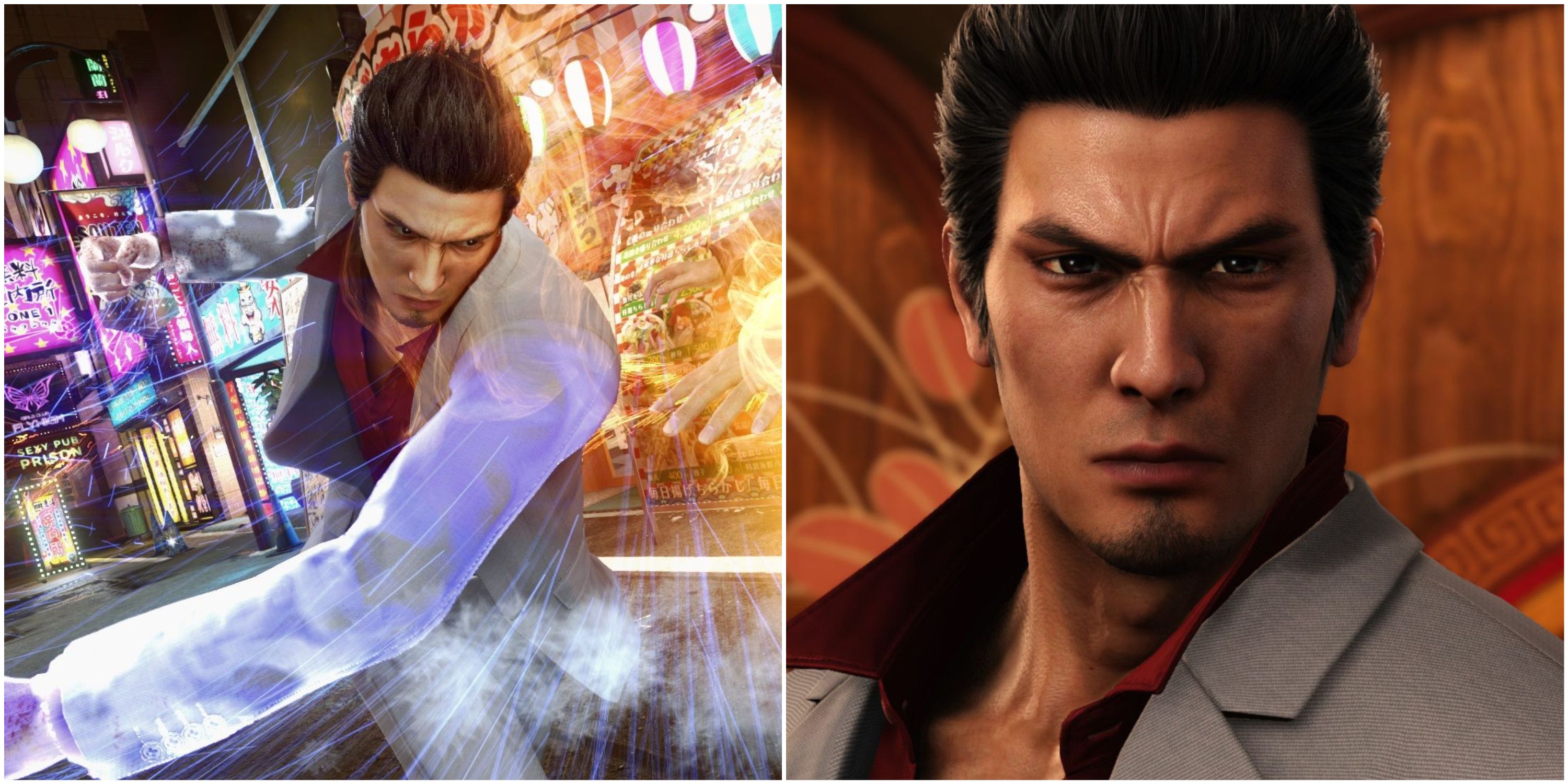
More
Like A Dragon: 8 Yakuza Games With The Best Stories, Ranked
The Yakuza games are known to get wild and wacky, but these games made the stories work.

